13 Types of Milk for Every Taste & Body Need
Author: Anne Cowart | Editor: Omar Alonso
Review & Research: Jen Worst & Chris Miller

There are many different types of milk and they are obtained from animals and plants alike. But that's not the only way to classify this product. What's more important is why we classify the milk varieties like we do.
Unless you’re vegan, milk is one of the most nutritional liquids you can naturally obtain. It has a long and rich history of being at the heart of the needs of nomads and settled farmers alike.
As a result, animals were domesticated and that has led to the production and use of many more dairy products. It's the base ingredient for so much deliciousness we enjoy in our lives.
13 Types of Milk
We (as in the people of planet Earth) produced in 2018 over 843 million tons of milk. In the U.S., the number of farms with licensed dairy herds of cows has increased drastically in the last 6 years yet production has decreased a little bit. This is because the amount of fluid milk consumed per person has decreased in that time frame, though cheese consumption has increased.
Each of the following milk types can be considered "main categories". Though you can argue about more sub-types, these are your top-level categories that all others fit into.
Whole Milk
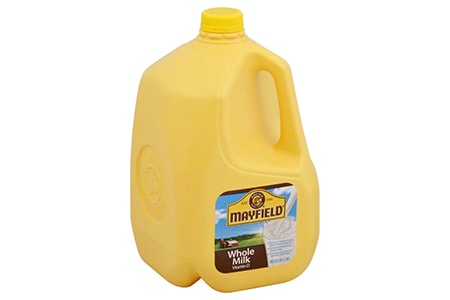
This is also referred to as regular milk and consists of about 3.25% to 3.5% fat. It's called whole milk because it's the closest to the way it comes out of a cow before the milk is processed and hence is purer than all the other types of milk.
It's also called whole milk due to its fat content. It is thick, creamy, and rich which makes it the perfect partner for a bowl of breakfast cereal in the morning. Or the perfect drink to tone down the spiciness of all the types of sausage you've fallen in love with.
It's pasteurized and homogenized so that the ratio of fat and milk is the same as raw milk. After that, an eight-ounce glass of whole milk is supposed to have about 150 calories and about eight grams of fat.
Raw Milk
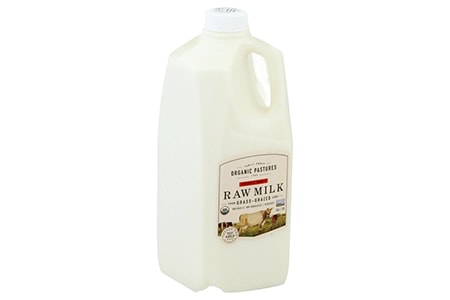
The next commonly known type of cow milk is raw milk. It's raw in the sense that it has neither been pasteurized nor has it been homogenized. This means it wasn't heated in any way for the sake of decontamination and might not be safe for drinking.
When milk isn't pasteurized it contains germs, bacteria, and viruses that can be harmful to you. But some argue that this complete type of milk is preferential because it doesn't have additives or preservatives.
They say in its natural form the proteins, minerals, and vitamins stay intact. They also say that the process of heating kills all the nutrients in the milk which makes it unhealthy. We all know "purists" like this, and in some ways they're right and in some ways they're wrong, big time.
Low Fat Milk
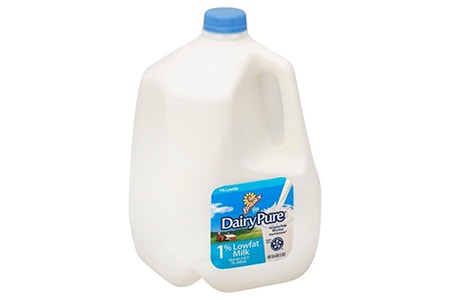
Different types of milk are often categorized based on the amount of fat in them. Low-fat milk has only 1% fat content and is preferred by those who are trying to lose weight.
It's often confused with reduced-fat milk which has 2% fat content. Low-fat milk also has less saturated fats in it which helps keep cholesterol under control.
Low-fat milk is popularly combined with skimmed milk to boost the amount of protein and calcium in it and make it more creamy. It's put through a process called centrifugation that removes the creamy fat layer and makes it thinner.
This also turns it pretty much into unprocessed milk with a white shade. It's used in making cakes and their types of frosting, puddings, desserts, and low-calorie milkshakes.
Two Percent (Reduced Fat Milk)
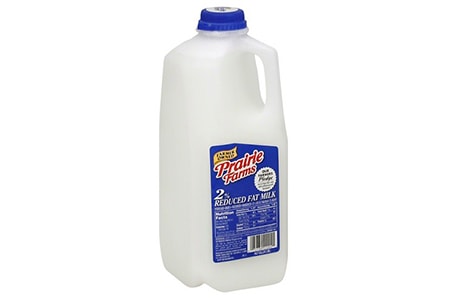
Reduced-fat milk is popularly known as 2% milk because of the fat content in the total weight of the milk. An eight-ounce glass will have about five grams of fat and the same essential nutrients that every other type of milk has.
This type of milk is not as thick as whole milk but it does have a mild flavor to it. Two percent milk is considered to be a good source of calcium and vitamin D among other nutrients.
This is a popular choice among tea drinkers because it brings a nice texture to the beverage and has a rich-milk taste despite the removal of fat. It also adds protein to your cup of tea which is perfect for a beverage that is often consumed every day.
Toned Milk
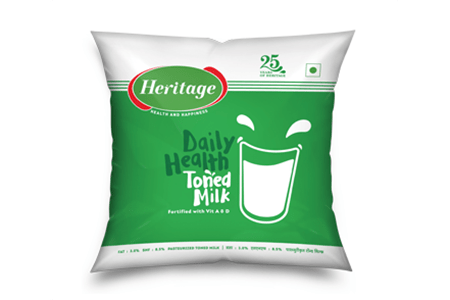
This one is interesting. This is full-cream buffalo milk that's diluted with skim milk and water. This is done so that it's still comparable to buffalo milk in terms of nutrition but doesn't have the same amount of saturated fat.
It decreases the fat content of the milk but keeps its nutritional value intact by keeping calcium and protein. This milk is pasteurized and tests negative for phosphatase.
If non-fat milk solids are used, the milk must be kept homogenous so that there's no deposit when the container is left in storage. It's typically consumed in South Asia and is widely used in India.
Double Toned Milk
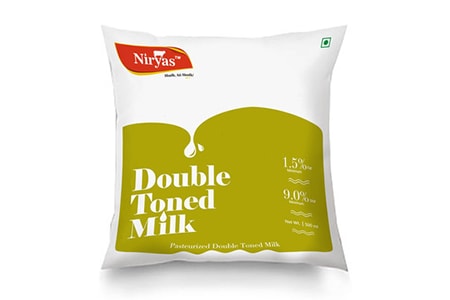
This is a product that's prepared by mixing cow or buffalo milk with fresh skimmed milk so that the fat content is reduced to 1.5% and non-fat solids are kept at 6%.
In some places, it's prepared with a mix of cow and buffalo milk that's adjusted to standardized fat and milk solids ratio.
Non-governmental organizations like UNICEF often distribute free samples of this milk to the homeless and low-income households. This is definitely pasteurized milk and also tests negative for phosphatase.
Full Cream Milk
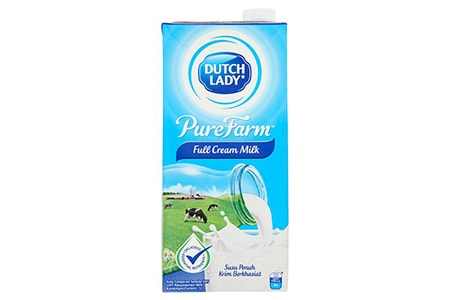
These kinds of milk are a combination of cow and buffalo milk from which the layer of cream has not been removed. It has over 3.5% of fat and is considered to be very nutritious.
It's also often praised for providing all nutrients that are required for growth and development. It's pasteurized and doesn't contain phosphatase. It's advised to pack this milk in clean containers to avoid contamination.
Organic Milk
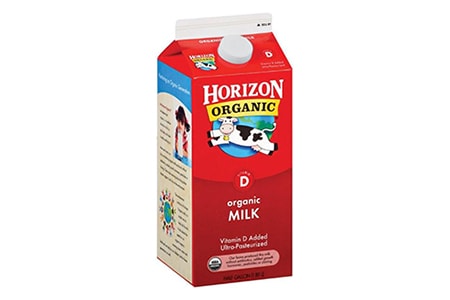
These milk varieties are essentially milk from cows that were not given supplemental hormones. It's produced by dairy farmers who use organic fertilizers and pesticides.
What makes it different from the other types of milk is that 30% of the milk-producing cows’ diet comes from pasture and they aren't given any kind of antibiotics or reproductive or growth hormones.
It's called organic milk because the product goes through several such processes before it's packed off for sale. The nutritional levels and health benefits from this milk are pretty much the same as those from standard milk.
Skimmed Milk (Fat-Free Milk)
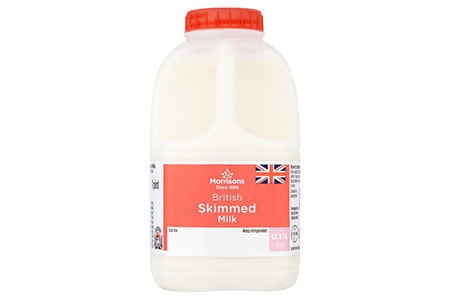
These milk types are a popular choice among those who want the nutrients of whole milk but not the calories and fat. An eight-ounce glass of skimmed milk has only about 80 calories.
It's often said that water is added to whole milk to reduce fat content and make it skim. But that's not true.
This milk has all the nine essential nutrients like high-quality protein. It's also called fat-free milk and is chosen by those who are health conscious.
The lack of fat makes the milk look thinner compared to the others but that is because it doesn't have cream in it. The milk itself tastes a bit watery but you can make up for it by adding milk powder or an additive for taste if you choose to do so.
Lactose-Free Milk
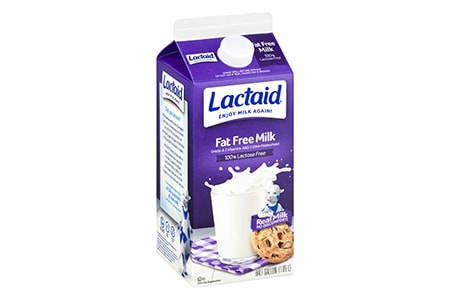
This is cow’s milk except that lactose, which is the natural sugar in milk, is broken down. This makes it a great dairy choice for those who have lactose intolerance. It does, however, have all the essential nutrients like protein, vitamin D, and calcium like the other different types of milk.
To achieve this goal, manufacturers add lactase to regular milk. It's an enzyme that breaks down the lactose content in the milk and makes it possible for those with an intolerance or an allergy to consume it.
The taste and nutritional profile of the milk remains unaffected and it tastes like regular cow’s milk. Common alternatives are almond milk, made from actual types of almond nuts, and soy milk.
Flavored Milk
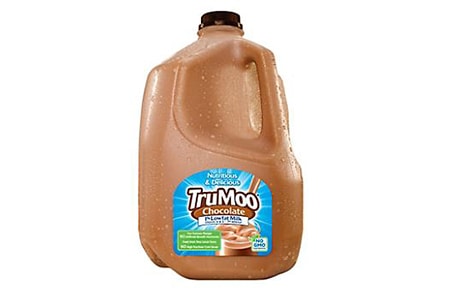
These are fun milk varieties that are a tasty choice of protein for children and adults alike. You can count it as a serving of dairy because it has all the nine essential nutrients but it's easier to get kids to drink it.
This is supported by research which actually goes further to say that kids who drink flavored milk consume more milk than the others. Flavored milk is also said to have a longer shelf life.
You could be looking at chocolate, strawberry, or any other edible flavor. Remember that depending on the brand, there will be edible food colors and cane sugar added to the final product.
This is, of course, pasteurized, sterilized, and boiled so that it's safe for consumption. The kind of milk that is used in its preparation is often written on the label.
Soy Milk
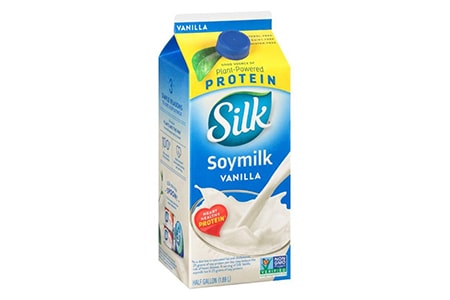
This is a type of milk that doesn't come from an animal at all and is hence a favorite among vegans. It's made by soaking soybeans and grinding them in water.
It's a plant-based milk that has all the essential nutrients like calcium and soy proteins. It's also called the thicker and sweeter version of almond milk and considered to be a fantastic alternative to traditional milk.
It's also free of cholesterol because it comes from plants, has no lactose, and has very little saturated fats. It's also called the complete protein milk because it matches the protein levels of whole milk.
Other Types of Milk
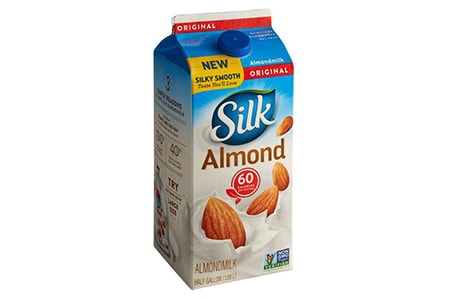
There are other types of milk out there that are less common and perhaps don't even deserve their own category. These include ones like almond milk, buttermilk, rice milk, evaporated or condensed milk, oat milk, hemp milk, goat milk, etc.
These sub-types change based on which nut, grain, or animal they come from. But then they are processed like the main milk varieties above, possibly putting them in those categories instead.
Types of Milk for Every Body!
Wherever you stand in the debate about using animals for dairy, there are many different types of milk in the market. If you’re uncomfortable with your choices, all you need to do is figure out what works best for you and go for it.




